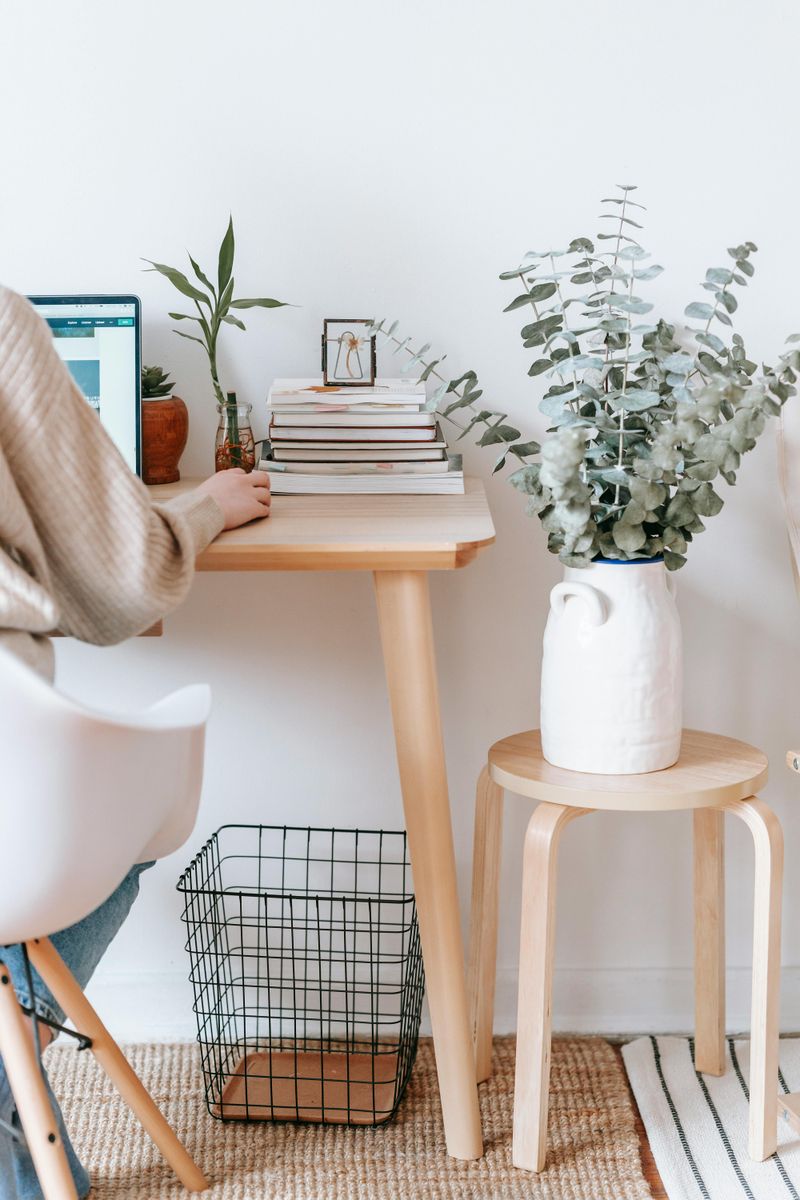10 Everyday Behaviors Psychologists Say Women Do to Mask Stress

In today’s fast-paced world, stress is an ever-present companion for many. Women, in particular, often shoulder multiple roles and responsibilities, from professional duties to home life, which can lead to significant stress. Despite these challenges, societal expectations frequently dictate that women maintain a composed, cheerful exterior. This expectation can lead to various behaviors that serve to mask stress. Psychologists have identified several everyday actions women engage in, often subconsciously, to hide their inner turmoil. Understanding these behaviors can not only foster empathy but also prompt conversations about mental health and stress management for everyone involved.
1. Forcing a Smile

A smile can be a powerful facade. Many women, even when feeling overwhelmed, put on a ‘happy face’ to project an image of composure to those around them. This act of faking cheerfulness is not merely about masking how one truly feels; it serves as a protective layer, shielding them from questions or concerns.
Expressive suppression, as psychologists term it, is a common tactic. While it helps to maintain social harmony, it can also lead to emotional exhaustion. Behind every forced smile could be a story of handling unseen struggles and pressures.
2. Over-Apologizing

Apologies have a place in polite society, but excessive apologies can be indicative of deeper issues. Women often say ‘sorry’ for things beyond their control, driven by a desire to smooth over situations and avoid conflict. This habit can be an unconscious response to perceived social pressures.
While it may seem harmless, habitual over-apologizing can undermine one’s confidence and reinforce negative self-perception. This behavior is not just about keeping the peace; it’s a reflection of an internal struggle to meet external expectations.
3. People-Pleasing

People-pleasing is a dynamic many women find themselves in, driven by the urge to keep those around them content. Agreeing to more than one can handle, they stretch themselves thin, often at the expense of their well-being.
This behavior isn’t just about kindness; it’s a strategy to appear strong and reliable. However, the constant need to overextend can lead to burnout. In trying to be everything to everyone, they may lose sight of their own needs and desires. It’s a delicate balance between being supportive and self-preserving.
4. Avoiding Difficult Topics

Conversations can quickly become uncomfortable when emotional depth is involved. Many women adeptly steer discussions away from sensitive areas when under pressure. This behavior, while sparing immediate discomfort, can prevent meaningful connections and hinder emotional growth.
By giving superficial answers or redirecting the topic, they create a safe distance from potential vulnerability. This tactic, though protective, might lead to feelings of isolation as genuine concerns remain unaddressed. It’s a way to cope, yet it also stifles the chance for open dialogue.
5. Silence or Minimizing Voice

Silence can be a powerful statement, yet for some women, it’s a way to avoid confrontation or scrutiny. In various settings, from workplaces to social gatherings, they may withhold opinions even when they wish to speak. This behavior can stem from a fear of being judged or causing discord.
While it keeps the peace momentarily, it can also lead to dissatisfaction and a sense of invisibility. By minimizing their voice, they might miss opportunities to express valuable perspectives. It’s a balancing act between self-protection and self-expression.
6. Masking Physical Signs

Controlling body language is another mask women wear to hide stress. Suppressing nervous habits like fidgeting or adopting a calm demeanor is common. This form of masking helps in maintaining an image of tranquility, despite internal chaos.
For instance, a woman might sit perfectly still in a meeting, betraying none of her anxiety. While this control might prevent external detection of stress, it can increase internal tension. The struggle to appear composed can be an exhausting endeavor, reflecting the duality of inner unrest and outer calm.
7. Emotional Buffering

In the age of digital distraction, emotional buffering is a prevalent escape. Many women turn to busywork or digital media to avoid confronting stress. Engaging in tasks like scrolling through social media or binge-watching TV can provide a temporary respite from internal turmoil.
This coping mechanism, while offering a momentary shelter, can delay emotional processing. The constant need to fill time with distractions might prevent genuine relaxation and reflection. It’s a modern-day retreat that momentarily shields but doesn’t resolve underlying stress.
8. Compartmentalizing Emotions

The art of compartmentalization allows women to separate different facets of their lives. At home, they might feel their emotions fully, yet switch them off in professional settings. This behavior can be protective, allowing them to function efficiently despite personal challenges.
However, it also risks creating a disconnect between their inner feelings and outward behavior. By keeping emotions in boxes, genuine experiences might be stifled. It’s a double-edged sword that enables functioning in different spheres but may also hinder emotional authenticity.
9. Micromanaging Environment

Order in the external world can sometimes compensate for internal chaos. Women who micromanage their environments do so to establish a sense of control. Whether organizing a workspace or maintaining strict routines, this behavior is more than just tidiness—it’s a way to counter stress. However, the need for control can become overwhelming, creating more stress than it alleviates.
The ‘controlling mask’ offers a temporary sense of stability, but may also lead to rigidity. It’s a balancing act between maintaining order and embracing flexibility.
10. Withdrawal or Social Distancing

While appearing present in social settings, some women emotionally withdraw to avoid revealing stress. This behavior allows them to maintain social presence while protecting their emotional state. By sharing less and showing minimal vulnerability, they create a safe buffer.
Though this withdrawal can prevent unwanted exposure, it might also result in isolation and misunderstood intentions. It’s a subtle art of balancing presence with privacy, where emotional distance acts as a shield to navigate social dynamics without exposing inner struggles.

Comments
Loading…